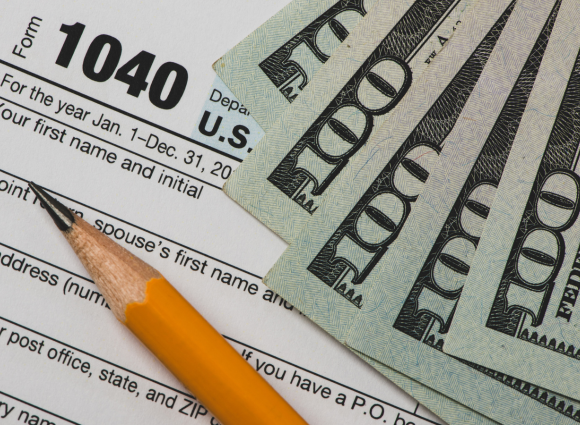
How to Avoid Penalties on Early Retirement Account Withdrawals
Economic fallout from the COVID-19 crisis may cause some cash-strapped individuals to default on loans they’ve taken out from company qualified retirement plans, including 401(k) and profit-sharing plans. Defaulting on a plan loan will cause adverse tax and retirement-saving consequences. Here are the details.
Retirement Plan Loan Basics
A participant in an employer-sponsored qualified retirement plan can borrow money from the plan if it allows loans. Under the normal rules, the loan amount can’t exceed the lesser of:
- $50,000, or
- 50% of the participant’s vested account balance or benefit.
However, a loan of up to $10,000 can be permitted even if it exceeds the 50% limit.
Plan loans must call for substantially level payments that are made at least quarterly. Except for principal residence loans, plan loans generally must be repaid within five years. Principal residence loans must be used to acquire a residence that will be used as the plan participant’s principal residence. These loans can have longer repayment periods.
COVID-19 Era Liberalizations
The Coronavirus Aid, Relief and Economic Security Act (CARES Act) temporarily liberalizes the plan loan rules in two key ways. First, loan payments that would otherwise be due between March 27, 2020, and December 31, 2020, can be suspended for up to one year. Payments due after the suspension period will be adjusted to reflect interest that accrued during the suspension period.
Second, for plan loans made between March 27, 2020, and September 22, 2020, the maximum loan amount can be increased to the lesser of: 1) $100,000 minus any existing plan loan balances, or 2) 100% of the participant’s vested account balance or benefit.
Tax Consequences of Defaulting
Taking out a retirement plan loan may be a financial lifesaver. But this strategy isn’t right for everyone. Why? If the plan participant (borrower) fails to make a loan payment by the due date or within the plan’s specified grace period, the failure can trigger a loan default and a deemed taxable distribution equal to the entire amount of the loan balance. In other words, the loan is extinguished, but it’s deemed to be paid off with a taxable distribution from the plan.
To make matters worse, a plan distribution — including a deemed distribution caused by a loan default — can trigger the 10% early distribution penalty tax. The 10% penalty applies if the plan participant (borrower) is under 59½, unless a tax-law exception is available.
Undesirable Side Effect
The tax consequences of a plan loan default are bad. But there’s another side effect that can decrease your retirement nest egg: Once a default occurs, the resulting deemed taxable distribution is drained from the account balance — and it can’t be replaced except by making bigger contributions after the fact.
Unfortunately, you may be unable to afford bigger contributions, and the plan’s terms will place limits on how much you can contribute. So, the amount you can have in tax-favored retirement plan status may be permanently reduced.
Possible Triggers of Plan Loan Default
It doesn’t take much to trigger a default from a qualified retirement plan loan. Here are two U.S. Tax Court cases that illustrate this point.
- Louelia Salomon Frias v. Commissioner. In this case, the taxpayer took out a loan from her 401(k) plan before going on paid maternity leave. She then failed to begin making repayments on time and also didn’t make repayments in substantially level amounts.
The court agreed with the IRS that these failures triggered a loan default, followed by a deemed taxable distribution from the plan. The distribution was also hit with the 10% early distribution penalty tax, because the taxpayer was under age 59½. It didn’t matter that the taxpayer’s employer disregarded her instructions to deduct loan repayments from her maternity leave paychecks during the period she was on leave. (TC Memo 2017-139)
- Gregory J. Gowen v. Commissioner. In this decision, the taxpayer took out a loan from his 401(k) plan. After losing his job, he defaulted on the repayment terms.
The court sided with the IRS, ruling that the default was a deemed taxable distribution to the taxpayer in the year the plan’s grace period for repayment expired. A plan loan grace period generally can’t continue beyond the last day of the calendar quarter following the calendar quarter in which the required repayment was due. The taxpayer was also hit with the 10% early distribution penalty tax, because he was under 59½. (TC Summary Opinion 2017-57)
Last Resort
Taking out a retirement plan loan may make sense in certain financial circumstances. But borrowers must understand that defaulting can lead to negative tax and retirement-saving consequences. So, taking out a plan loan should usually be considered only as a last resort. Contact your tax advisor to learn more and explore alternative sources of cash during the COVID-19 crisis and other times of need.



